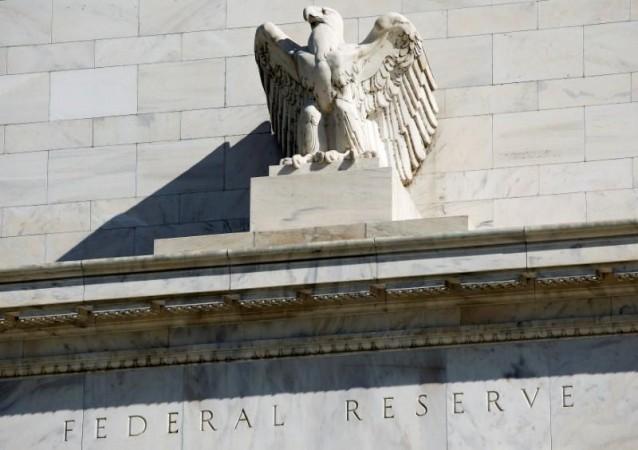
The minutes from the U.S. Federal Open Market Committee's latest meeting revealed a more hawkish view among policy makers and investors are already fretting over the possibility of more than three rate hikes this year.
Fed officials agreed that "the strengthening in the near-term economic outlook increased the likelihood that a gradual upward trajectory of the federal funds rate would be appropriate."
Stocks reversed gains and bond yields rose as investors narrowed odds on faster hikes.
The U.S. central bank has forecast three rate hikes for this year, with the first increase expected at its next policy meeting in March.
In their December projections for the dot-plot - used to predict whether Fed is bullish or bearish on rates - only four officials said four or more hikes will be appropriate in 2018.
Investors are now watching out for the next Fed meeting on March 20 when the policy makers will for the first time consider the January jobs report that indicated rising wages, and consumer prices that surged faster than forecast last month.
A higher number of interest rate hikes will have ramifications for both developed and emerging markets.
Here are a few possibilities for Indian stocks and economy:
Weak Rupee
More than three rate hikes will likely lead to rupee depreciation, due to the cascading effect on all emerging markets.
The Reserve Bank of India is not expected to hike rates at this juncture as the focus is more towards domestic parameters such as inflation and growth.
So far this year, the partially convertible rupee has fallen 0.54 percent against the U.S. dollar, while overseas investors have bought $1 billion from local equity and $1.9 billion in debt markets.
Overseas fund outflow
Overseas inflows are likely to withdraw from Indian markets in the short term.
Improved U.S. bond yields may result in some outflows or limit future portfolio investments to some degree by investors as they might prefer to invest in US market both in debt and equity.
Equity selloff
Indian equity markets draw a significant chunk of overseas funds so any global development will have a bearing on domestic stocks.
The consequent rate hikes would most likely affect the earnings of companies with foreign revenue or debt exposure.
Earnings of net importers will be under pressure with a weaker rupee, whereas export-oriented industries such as technology will benefit from favorable foreign exchange gains.

















